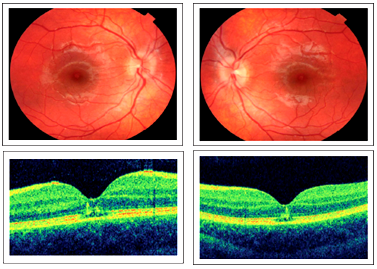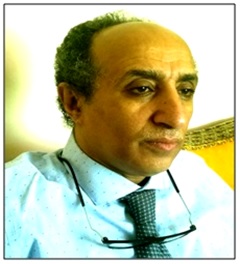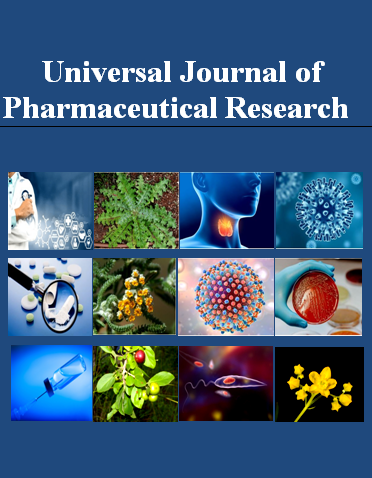PHOTIC RETINOPATHY CAUSED BY EXCESSIVE USE OF SMARTPHONE: REVIEW AND CASES SERIES REPORT
Keywords:
Blue light, excessive use, photic retinopathy, smartphone, YemenAbstract
Damage to the retina, especially the macula, brought on by extended exposure to sunlight or other strong light sources like lasers or arc welding is known as photo retinopathy. The phrase is interchangeable with retinal phototoxicity and includes solar, laser, and welding retinopathy. Staring at the sun, observing a solar eclipse, or exposing oneself to UV light, Illuminant D65, or other strong light are the usual causes. Overuse of smartphones has recently been linked to incidences of blue light-induced photoretinopathy. Reversible vision loss from photo retinopathy usually lasts anywhere from a month to over a year. Fundus changes, which are variable and often bilateral. Although there is currently no proven treatment for photo retinopathy, it usually resolves on its own over time. A method that is sometimes tried but gives ambiguous results is the use of corticosteroids to treat early macular edema. A study of six patients aged 26-35 years visited the eye consultants Center in Sana’a city, Yemen, including 4 males and 2 females, found that they experienced binocular blurred vision for 5-7 days. All patients underwent corticosteroid treatment and reduced smartphone usage. Five cases achieved reversible recovery within few days to 2 months, while one case persisted over a year. All patients had normal anterior and posterior segments, no altered macular reflex, and no macula capillary network abnormalities with hypopigmentation dot at the centre of fovea. High-definition optical coherence tomography (OCT) discovered foveolar harm, which be similar to some cases of solar photic retinopathy. In conclusion this study suggests that prolonged exposure to phone screen light by excessive use increases the risk of foveal injury.

Peer Review History:
Received 5 February 2025; Reviewed 11 March 2025; Accepted 20 April; Available online 15 May 2025
Academic Editor: Dr. DANIYAN Oluwatoyin Michael , Obafemi Awolowo University, ILE-IFE, Nigeria, toyinpharm@gmail.com
, Obafemi Awolowo University, ILE-IFE, Nigeria, toyinpharm@gmail.com
Reviewers:
 Dr. DANIYAN Oluwatoyin Michael, Obafemi Awolowo University, ILE-IFE, Nigeria, toyinpharm@gmail.com
Dr. DANIYAN Oluwatoyin Michael, Obafemi Awolowo University, ILE-IFE, Nigeria, toyinpharm@gmail.com
 Dr. Cecilia Nwadiuto Amadi, University of Port Harcourt, Port Harcourt Rivers State, Nigeria, cnamadi@rocketmail.com
Dr. Cecilia Nwadiuto Amadi, University of Port Harcourt, Port Harcourt Rivers State, Nigeria, cnamadi@rocketmail.com
Downloads

Published
How to Cite
Issue
Section

This work is licensed under a Creative Commons Attribution-NonCommercial 4.0 International License.









 .
.